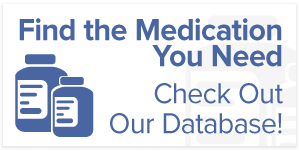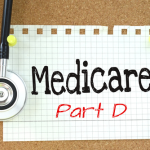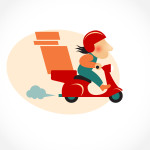How to Identify Signs of a Heart Attack
A heart attack is a serious medical emergency that is often fatal. Numerous people around the world die of heart attacks every day – in fact, every 34 seconds, one person dies of a heart attack in the US.
This shows how serious the problem is and how important it is for us not to take it lightly. This is why it is essential to take care of your health to avoid this condition and be aware of the signs and symptoms that can help you identify a possible heart attack.
A heart attack is often the result of coronary artery diseases (CADs) and cardiovascular diseases (CVDs), which weaken your heart and eventually cause it to stop. Myocardial infarction – also commonly known as a heart attack, when blood flow is seriously reduced or completely blocked to the heart or part of the heart muscles – and when it doesn’t get enough blood, it stops beating, which leads to a person’s death.
This kind of condition develops over time and is caused by various causes. The heart is not as sudden as some assume – granted, the emergency arises suddenly, but the warning signs become quite evident before the attack occurs.
In order to avoid a heart attack becoming a fatal emergency, it’s best to be aware of the warning signs. And that is exactly what we are talking about today. Let’s learn about the signs of a heart attack.
Major Signs of Heart Attack
1. Chest Discomfort or Pain
The biggest sign of a heart attack is chest pain, as most heart attacks cause minor discomfort in the center or the left side of the heart. This pain usually lasts a few minutes, but it recurs, so it can go and return a few times. Patients usually feel pain or discomfort due to a feeling of fullness, squeezing, or uncomfortable pressure on the heart.
2. Discomfort in Upper Body Areas
Just like the chest, a patient may also feel discomfort in their upper body. The most common upper body areas affected by this pain and discomfort are the arms, jaw, neck, back, the shoulders, and, sometimes, even stomach. This is mostly internal pain and is often confused with muscular pain or strain.
3. Lethargy and Weakness
Sometimes, patients also feel lethargic and weak. Some people also break out into cold sweats, which leads to feeling nauseous and lightheaded, causing people to end up faint.
4. Shortness of Breath
The pain in the chest and discomfort also causes shortness of breath – the symptoms are interconnected and are the biggest giveaway of a heart attack.
These symptoms of a heart attack start appearing days or weeks before an actual heart attack strikes your body. The symptoms are usually the same for people of all ages, but women most experience signs that are less associated with heart attacks. For example, women are likely to feel more nauseous (some also end up vomiting), have jaw pain, and have shortness of breath as compared to men.
Contact Advocate My Meds
As we said, heart attacks are most commonly a result of CADs and CVDs, which should be treated before it’s too late. If you are suffering from any heart-related disease or experiencing the above-mentioned signs and symptoms, it is best to consult a doctor and get your prescribed medicines.
If you are worried about affording your medication, you can contact Advocate my Meds, which is a well-known full-service prescription assistance programs that can help you out!







